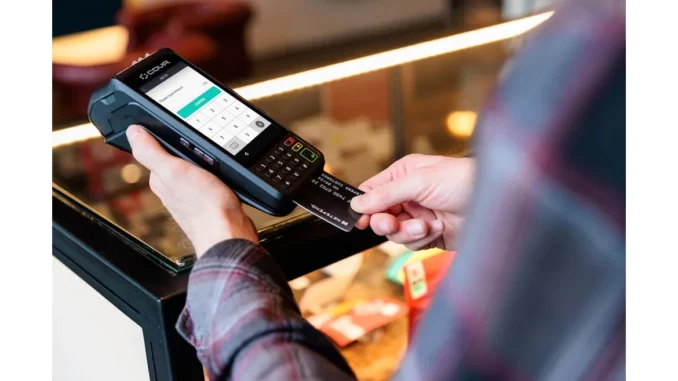
In a significant advancement for the cryptocurrency sector, Mastercard has entered into a partnership with crypto payment provider Mercuryo to introduce a new debit card named “Spend.” Announced on September 5, 2024, this card allows users to make payments directly from their self-custodial wallets using digital assets such as Bitcoin. This initiative marks a pivotal moment in the fusion of traditional financial systems with the burgeoning digital asset infrastructure.
The “Spend” card represents a sophisticated multi-chain crypto card that connects directly to users’ wallets, eliminating the need for peer-to-peer risks or bank involvement when withdrawing funds. This feature ensures that users retain full control over their assets. Initially available to European customers, the card is slated for expansion to other regions in the near future.
Operating as a euro-denominated debit card, the “Spend” card facilitates seamless purchases of goods and services. It supports integration with Apple Pay and Google Pay for added user convenience. Mercuryo has emphasized the card’s multi-chain support, enabling transactions across networks such as Ethereum, Solana, Polkadot, Near, ZKsync, TON, and more. This flexibility allows users to transact in a variety of cryptocurrencies. However, the card comes with associated fees, including a €1.60 issuance fee, a €1 monthly maintenance charge, and a 0.95% withdrawal fee. Despite these costs, it offers crypto enthusiasts a unique opportunity to utilize their digital assets in everyday transactions.
The introduction of the “Spend” card underscores the growing influence of cryptocurrency within the global financial system. As one of the largest global payment processors, Mastercard serves nearly 1 billion customers in over 210 countries. Its collaboration with Mercuryo highlights Mastercard’s ongoing efforts to merge traditional payments with emerging digital asset infrastructure.
Mastercard has been proactive in its approach to cryptocurrency. Earlier in May, it launched the Crypto Credential system, designed to simplify and secure peer-to-peer crypto transactions. Now live across various exchanges in Europe and Latin America, this service allows users to send cryptocurrencies using simple aliases. This initiative is part of Mastercard’s broader strategy to enhance the usability and security of digital assets.
Mastercard is not alone in its pursuit of integrating cryptocurrency with traditional finance. Visa, a key competitor, has also made significant strides in this area. Recently, Visa partnered with Switzerland-based Tangem AG to strengthen the connection between crypto and traditional financial systems. These developments indicate a growing trend among major financial institutions to embrace digital assets and provide innovative solutions for their customers.
The introduction of the “Spend” card by Mastercard and Mercuryo is a significant step towards broader crypto adoption. By enabling users to make payments directly from their self-custodial wallets, the card offers a unique blend of security, convenience, and flexibility. As the financial landscape continues to evolve, such innovations are likely to play a crucial role in shaping the future of payments.
The launch of the “Spend” card exemplifies how traditional financial institutions are adapting to the rise of digital assets. As cryptocurrencies become more mainstream, we can expect to see more collaborations and innovations aimed at integrating these assets into everyday financial transactions.
For users, the “Spend” card offers a novel way to leverage their digital assets, providing a bridge between the crypto world and traditional financial systems. By maintaining full control over their assets, users can enjoy the benefits of both worlds without compromising on security or convenience.
Mastercard’s support for self-custodial crypto wallets through the “Spend” card represents a transformative development for the cryptocurrency community. As the financial landscape continues to evolve, such innovations will play a crucial role in shaping the future of payments, offering users new and exciting ways to leverage their digital assets.

Be the first to comment